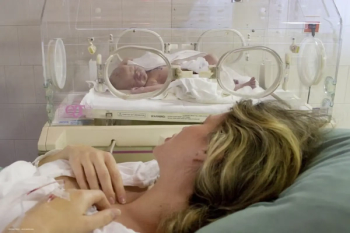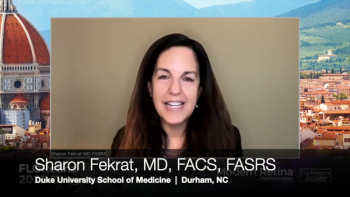
VEGF trap continues to impress
The Phase II extension study of VEGF Trap-Eye for wet age-related macular degeneration (AMD) has demonstrated extremely favourable results in relation to the primary and key secondary endpoints at the 12-week time point.
The Phase II extension study of VEGF Trap-Eye for wet age-related macular degeneration (AMD) has demonstrated extremely favourable results in relation to the primary and key secondary endpoints at the 12-week time point, according to a statement released by Regeneron Pharmaceuticals, Inc and Bayer HealthCare AG.
Study subjects (n=157) have been receiving the drug - initially on a fixed-dose and then on a PRN (as-needed) dosing schedule - for 52 weeks. The double-masked, prospective, randomized, multicentre Phase II extension study, from which these 12-week results were taken, is to monitor safety, retinal thickness and vision gain. Subjects were separated into groups receiving doses of 0.5 mg at weeks 0, four, eight and 12; doses of 2.0 mg at weeks 0, four, eight and 12; doses of 0.5 mg at baseline and week 12; doses of 2.0 mg at baseline and week 12; and doses of 4.0 mg at baseline and week 12.
In the 2.0 mg fixed-dose followed by PRN dosing groups, subjects achieved a mean improvement in visual acuity from baseline of 9.0 letters, and retinal thickness decreased by a mean 143 µm. In the 0.5 mg fixed-dose followed by PRN dosing groups, subjects achieved a mean improvement in visual acuity from baseline of 5.4 letters, and retinal thickness decreased by a mean 125 µm. At the 52-week follow-up examination, mean visual acuity had increased by 5.3 letters and retinal thickness had decreased by 130 µm from baseline across all dosing groups. No drug-related serious adverse events were noted; the most common adverse events in this group were those typically associated with intravitreal injections.
A full analysis of the 52-week results of the Phase II trial is to be presented at the Retina Society's 2008 meeting, to be held on September 26–28, 2008 in Scottsdale, Arizona, US.
The Phase III trial of the VEGF Trap-Eye, initiated in August 2007, compares VEGF Trap-Eye with Lucentis (ranibizumab; Novartis). The trial is being conducted in the US, Canada, Europe, Asia Pacific, Japan and Latin America, and is currently
Newsletter
Get the essential updates shaping the future of pharma manufacturing and compliance—subscribe today to Pharmaceutical Technology and never miss a breakthrough.













































